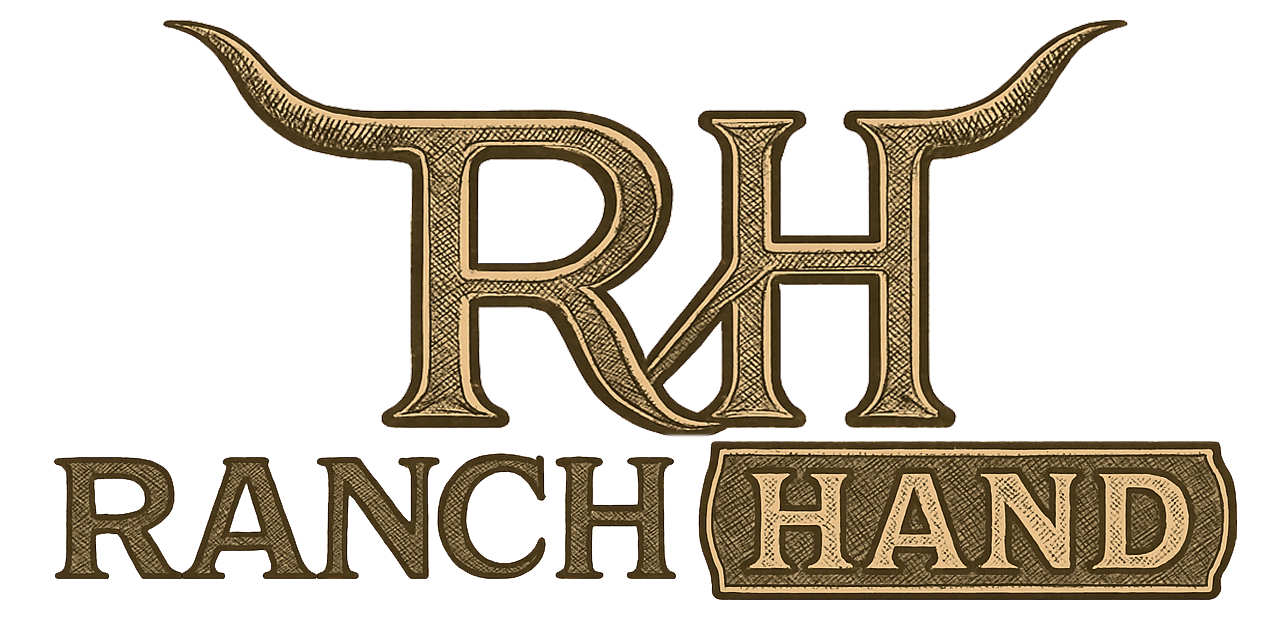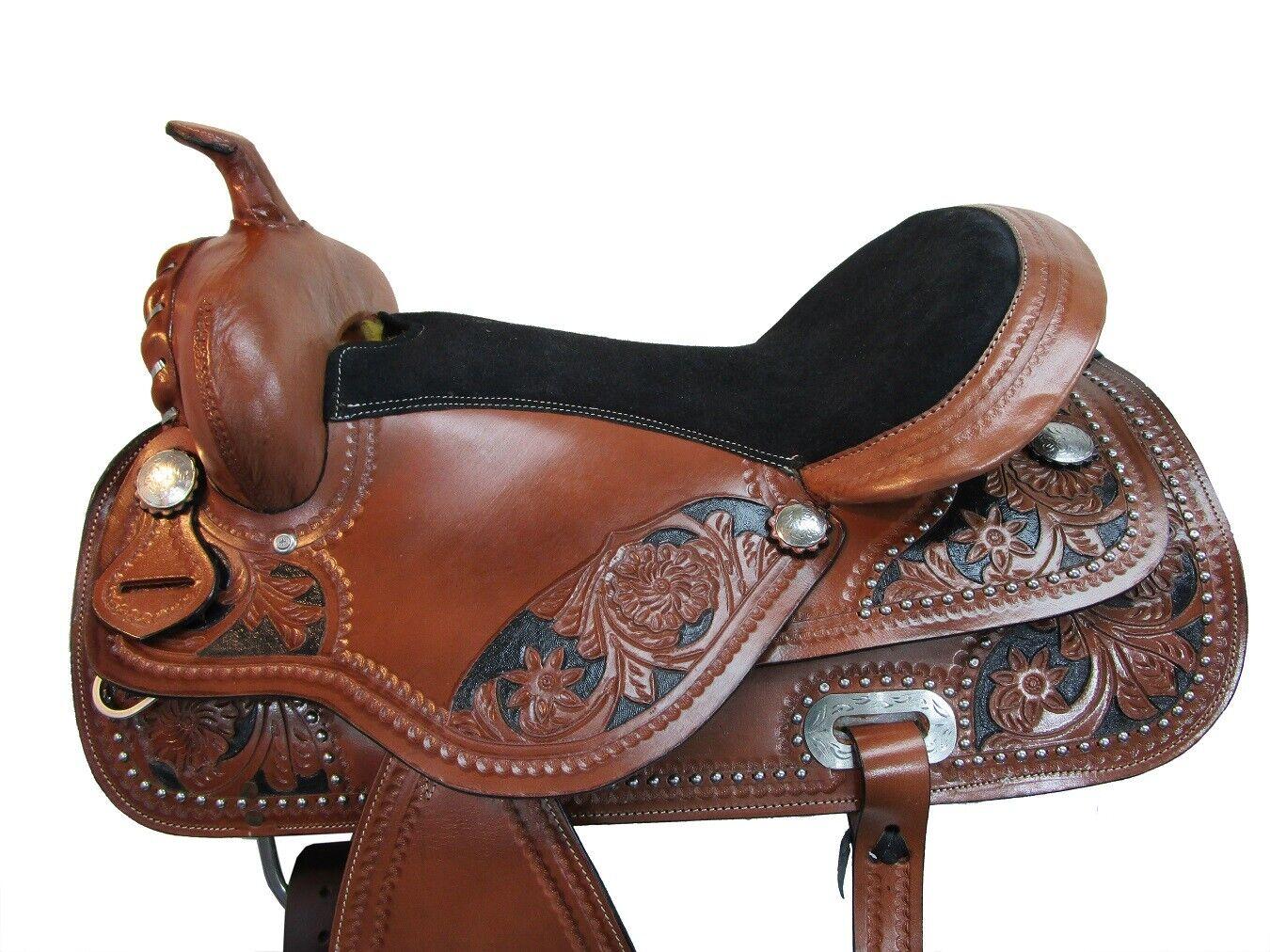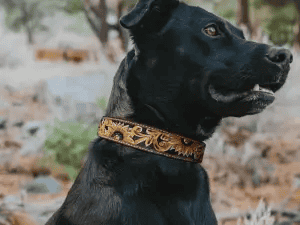Handcrafted Western Headstalls are more than just riding gear—they are a blend of tradition, artistry, and practical design. For horse lovers, ranchers, and riders, these pieces of tack serve a purpose while also telling a story. Each handcrafted headstall carries the spirit of the craftsman behind it and the rider who uses it. Whether you’re trail riding or preparing for a show, the headstall you choose matters. And if you want something that lasts, feels right, and looks incredible, handcrafted is the way to go.
Western headstalls have been around for generations. Cowboys used them for their durability and comfort, and many traditional methods are still in use today. In the modern world of mass production, handcrafted gear stands out because it offers something different: authenticity. These headstalls aren’t pumped out by machines. They are built one at a time, with care, by skilled hands.
Let’s take a closer look at how these headstalls are made, what makes them special, and why they continue to matter in today’s riding culture.
A Brief History of Western Headstalls
Western headstalls have deep roots in American cowboy culture. Originally, headstalls were made from whatever was available—rawhide, leather scraps, and hand-forged metal bits. Over time, craftsmen began developing more refined versions. They learned how to cut, tool, and stitch leather for better fit and strength. As the designs evolved, headstalls became symbols of pride. Riders wore them not only for function but also to show off their style.
In places like Texas, Arizona, and California, handcrafted leatherwork became a respected trade. Saddle makers often made headstalls on the side, using the same high-quality materials. This tradition continues today, with modern craftsmen building on generations of knowledge.
What Makes a Headstall Truly ‘Handcrafted’?
To call something “handcrafted,” it has to be made mostly by hand. No big machines doing the hard work—just tools, skill, and time. A handcrafted Western headstall is usually made from full-grain leather, which is the strongest and most durable type. The craftsman cuts the leather, punches the holes, and stitches it together using traditional methods.
Tooling is another big part of the process. This is when the leather is stamped or carved with patterns. Each pattern is unique and can include flowers, scrolls, or geometric shapes. It takes patience and precision. After tooling, the leather is dyed, sealed, and finished with oil or wax to protect it.
Buckles, conchos, and silver pieces are often added by hand too. These aren’t cheap decorations. They’re carefully chosen to match the design and purpose of the headstall. It’s like putting jewelry on your horse, but it still has to work and last.
Functionality First: The Role of a Headstall in Western Riding
The headstall is a major part of your horse’s bridle. It holds the bit in place and helps you communicate with your horse. A good headstall needs to fit just right. Too tight, and it can hurt the horse. Too loose, and it won’t do its job.
Handcrafted headstalls are made to fit well and hold up under pressure. Whether you’re riding in the arena or working cattle, you need gear you can trust. That’s why many riders stick with handcrafted gear. It performs better, fits better, and lasts longer than mass-produced versions.
Traditional Materials and Design Features
Most handcrafted Western headstalls use premium leather, often from well-known tanneries like Hermann Oak or Wickett & Craig. This leather is thick, tough, and gets better with age. When treated properly, it can last for decades.
Design-wise, you’ll see all kinds of styles. Some headstalls have a browband, which runs across the horse’s forehead. Others have a one-ear or two-ear design, where a loop fits over the ear. Each style has its fans, and what you choose depends on your needs and preferences.
Tooling and hand-stitching are where the magic happens. Craftsmen use swivel knives, bevelers, and other tools to create detailed patterns. Some use basket weave designs; others prefer floral or southwestern motifs. These aren’t just decorations. They show off the maker’s skill and give the headstall its unique personality.
Modern Takes Without Losing Tradition
Today, some craftsmen add modern touches to their designs—like quick-change buckles or ergonomic shaping—but the spirit remains the same. The focus is still on quality, comfort, and style. Some riders even commission custom headstalls with their initials or brand logo carved into the leather.
There are also hybrid designs that mix classic leather with modern synthetic materials. While purists may prefer all-leather, some riders appreciate the low-maintenance features of these blends.
Spotting Quality: What to Look for When Buying
Not all “handcrafted” labels are honest. Some brands use the term loosely. Here’s how you can tell the real deal:
- Leather Quality: Look for full-grain leather. It’s thick, smooth, and slightly oily.
- Stitching: Hand-stitching looks more natural than machine stitching. It may not be perfectly even, but it’s strong.
- Tooling: Hand-tooled patterns are deeper and more detailed than machine-stamped ones.
- Hardware: Real silver or brass parts are heavier and more detailed than cheap metal.
- Smell and Feel: Real leather has a distinct smell and feel. If it feels plasticky or smells like chemicals, skip it.
Caring for Your Handcrafted Headstall
Taking care of your headstall is simple but important. After each ride, wipe it down with a damp cloth. Every few weeks, use a leather cleaner to remove dirt and sweat. Then apply a leather conditioner to keep it soft and flexible.
Never store your headstall in a damp or hot place. Hang it on a bridle rack or hook in a cool, dry spot. If it gets wet, let it air dry naturally—don’t use a heater or direct sunlight.
With regular care, a good handcrafted headstall can last your entire riding career.
Conclusion
Handcrafted Western Headstalls are not just gear—they’re a piece of tradition that still serves a modern purpose. They’re built by skilled hands for real riders. Whether you’re working on a ranch, competing, or just riding for fun, a handcrafted headstall connects you to a legacy of quality and care.
They might cost more than mass-produced ones, but the value is in the details: the feel of the leather, the balance in the design, and the pride of owning something made by a real person.
So next time you’re gearing up, consider going handcrafted. Your horse will thank you. And so will the craftsman who built it.
Frequently-Asked Questions (FAQs)
What is a Western headstall used for?
A Western headstall holds the bit in place and helps you control your horse while riding.
Why choose a handcrafted headstall over a machine-made one?
Handcrafted headstalls offer better quality, comfort, and durability. Each piece is unique and made with care.
How can I tell if a headstall is truly handcrafted?
Look for signs like hand-stitching, deep tooling, high-quality leather, and solid hardware. Avoid anything that looks too perfect or mass-produced.
Do handcrafted headstalls require special care?
They just need regular cleaning and conditioning. Keep them dry and store them properly to make them last.
Are there different styles of handcrafted Western headstalls?
Yes, including browband, one-ear, and two-ear styles. Each has its benefits and suits different riding needs.



